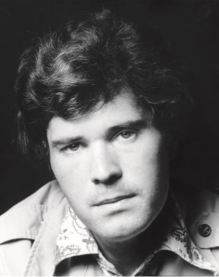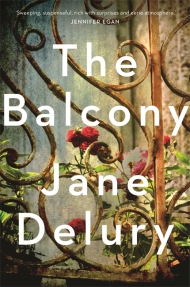
My enormous thanks to Alainna Hadjigeorgiou at Orion for sending me a copy of The After Wife in return for an honest review and to her and Tracy Fenton for inviting me to be part of this blog tour.
Published by Trapeze, an imprint of Orion, The After Wife is available for purchase here.
The After Wife

“I saw you, and I knew instantly that I could grow old with you. We’d be future-proof.”
When Rachel and Aidan fell in love, they thought it was forever.
She was a brilliant, high-flying scientist. He was her loving and supportive husband.
Now she’s gone, and Aidan must carry on and raise their daughter alone.
But Rachel has left behind her life’s work, a gift of love to see them through the dark days after her death.
A gift called iRachel.
The After Wife is an emotional story about love, loss, longing and belonging. For readers who loved The Time Traveller’s Wife, Me Before You and The Lovely Bones.
My Review of The After Wife
When Rachel dies, she hasn’t quite finished with husband Aiden and daughter Chloe.
My goodness me. What a book! Now, I must admit, The After Wife wasn’t quite what I was expecting. I thought I’d be reading very successful ‘women’s fiction’ and I was, but there are so many more layers to this story and so many ways in which it can be appreciated and enjoyed that I think it is quite brilliant. I hadn’t quite reckoned on the potent power of the artificial intelligence side of the writing so that I felt Cass Hunter has produced a modern, humane and totally convincing tale worthy of being compared with the very best of Isaac Asimov or Margaret Atwood, for example. I was entertained by the narrative, and highly emotionally invested in the characters, but I didn’t realise The After Wife would make me think quite so much too. As a result of reading this book I really had to question what it is that makes us human and gives us our unique identity.
And the identities of the characters are so well drawn. Cass Hunter knows exactly how grief can manifest itself and paints a compelling and affecting picture as Aiden and Chloe come to grips with Rachel’s death. I believed in every aspect of them as people and every action they carried out. Even the more peripheral characters like Jess are clear and realistic, but it is iRachel who is the most hypnotic. I couldn’t quite believe how Cass Hunter was able to manipulate my feelings towards what is, in effect, a pre-programmed robot. I wanted iRachel to succeed as she became as real to me as any character I have ever read about.
The After Wife has a hugely entertaining and interesting plot. Cynically I was expecting it to be somewhat unrealistic. It was, instead, completely convincing. However, I feel the plot is almost incidental to the exploration of the themes of love, identity and humanity. The writing is poignant and beautifully crafted so that I felt as if I were part of the story too because my emotions were so invested in the people and outcomes. I confess I cried and had iRachel had a wrist band to monitor my heart rate she’d have had a very wide range of data to process!
I absolutely loved The After Wife. It’s such a compelling insight into who we are, what makes us human and how our lives need to be lived to the full. I’d defy anyone reading The After Wife not to look at themselves and their own relationships differently. It will resonate in my life for a very long time. I thought it was fabulous.
About Cass Hunter

Cass Hunter was born in South Africa and moved to the UK in 2000. She lives in North London with her husband and two sons. She is an avid lifelong learner, and works at a London university. Cass Hunter is the pen name of Rosie Fiore, whose novels include After Isabella, What She Left, Babies in Waiting and Wonder Women.
You can follow Cass on Twitter @C_HunterAuthor or as Rosie Fiore and visit her website for more details.
There’s more with these other bloggers too:









































